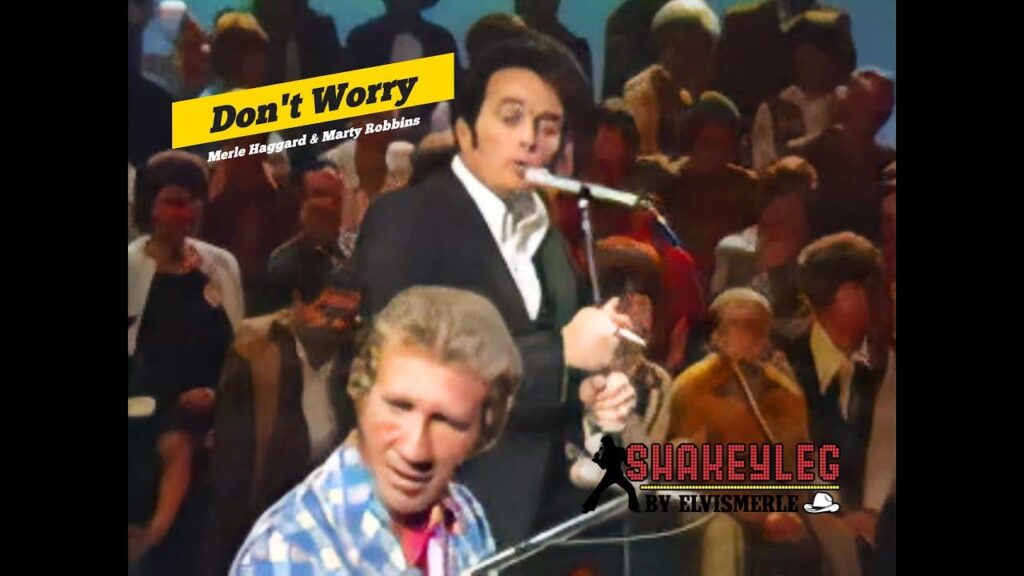
A Gentle Reassurance Carved in Heartache
In the soft ache of longing and gentle farewell, Marty Robbins’ “Don’t Worry (‘Bout Me)” becomes more than a country ballad—it is a promise dressed in melancholy, a tender admission wrapped in strength.
When Marty Robbins first released “Don’t Worry” on February 6, 1961, it struck a remarkable chord with listeners. The song soared to No. 1 on the Billboard Country chart, where it reigned for ten consecutive weeks, marking Robbins’s seventh chart-topping country hit. Its appeal crossed over into the pop world as well, climbing to No. 3 on the Billboard Hot 100, revealing Robbins’s rare ability to speak to both country-dwelling traditionalists and a broader mainstream audience.
Beneath its graceful melody lies a fascinating and accidental piece of music history. In the recording studio, during the session at Bradley Studios in Nashville, guitarist Grady Martin plugged his Danelectro six-string bass into a defective channel of the mixing console. The result was an unexpected, distorted “fuzz” tone in the bridge and final reprise—an effect Martin himself reportedly did not favor. But producer Don Law decided to leave that distorted sound in the final mix, and that choice changed everything. What many hear as a gentle ballad hides this pioneering use of fuzz—considered one of the earliest commercial examples of guitar distortion—and eventually contributed to the invention of the Maestro FZ-1 Fuzz‑Tone pedal.
The emotional core of “Don’t Worry” is as simple as it is profound. Robbins sings not from bitterness, but from a place of acceptance. The lyrics—“Don’t worry ’bout me, it’s all over now … though I may be blue, I’ll manage somehow”—are a quiet surrender, a kind of farewell that asks for no pity but quietly extends grace. He acknowledges pain, but there is no plea for reconciliation—only the serene dignity of letting go.
Although Marty Robbins is the voice most closely tied to this song, there is a deeply moving live moment when Merle Haggard joins him to sing it—a duet filled with mutual respect and emotional resonance. According to reports of their performances, Haggard’s rugged, heartfelt tone adds a second layer of empathy to Robbins’s original reassurance, making the phrase “Don’t worry ’bout me” feel like a shared burden, lifted in unison.
For older listeners, this song can feel like an echo of its own time—a moment when a radio broadcast might drift through a quiet living room, and the world seems still enough to hold every tremor in his voice. It summons memory: of long nights spent replaying soft, sentimental records; of letters unsent, of loss gently carried but never forgotten. In its sincerity, “Don’t Worry” becomes a venerable companion to those who know what it is to love fully, to let go gently, and to trust in their own resilience.
More than just a hit, “Don’t Worry” is a bridge between eras—it bears the mark of country tradition, yet it unwittingly birthed an effect that would shape the future of rock and roll. Its meaning lives not only in its melody but in the way it transformed sound itself, all born from a mistake in the studio that became a stroke of accidental genius.
At its heart, it is a song of quiet farewell, a soulful pledge that even when hearts part, the memory of love endures. And when Robbins and Haggard lift their voices together, the reassurance becomes communal—gentle, enduring, and gracious, a tribute to both the fragility and the strength of the human heart.